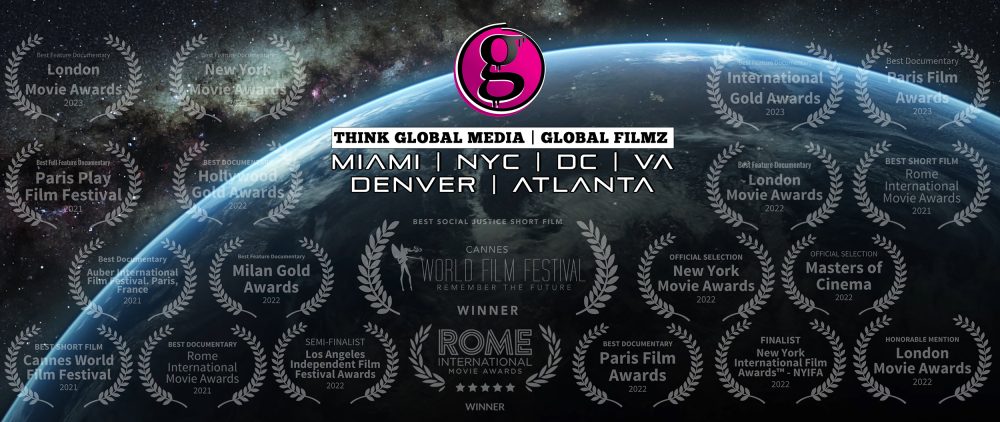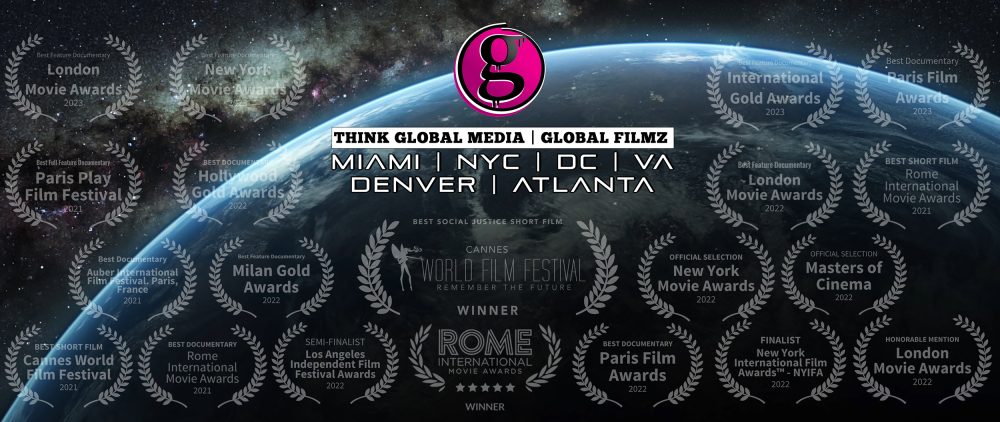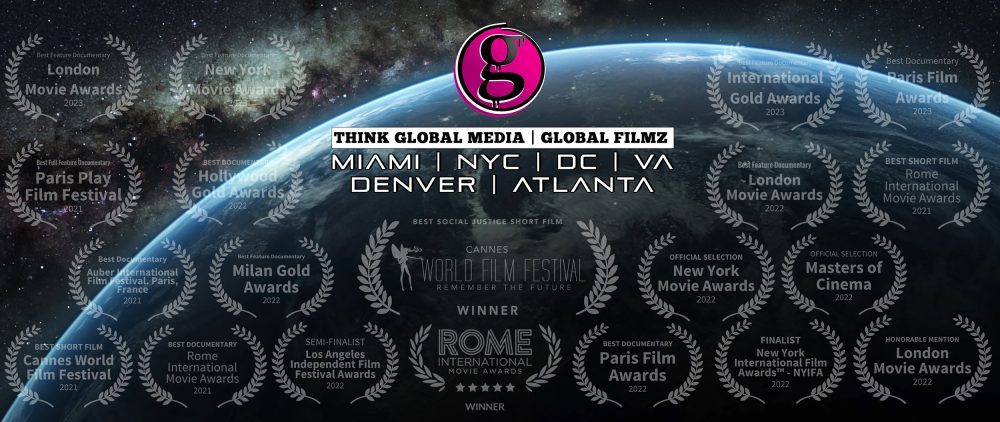
Do Music Videos Make Money?
Do Music Videos Make Money?
Music videos have long been a staple of the music industry, serving as a visual medium to accompany songs and enhance the overall artistic experience for audiences. While music videos are primarily created as promotional tools to showcase artists’ music and talent, they also have the potential to generate revenue through various channels. In this detailed exploration, we delve into the economics of music videos and examine their revenue-generating potential for artists and stakeholders.
 1. Revenue Streams for Music Videos:
1. Revenue Streams for Music Videos:
- Streaming Platforms: With the rise of digital streaming platforms such as YouTube, Vevo, and Vimeo, music videos have become widely accessible to audiences worldwide. Artists can monetize their videos through advertising revenue, subscription services, and content licensing agreements with these platforms.
- Royalties and Performance Rights: Artists earn royalties and performance rights revenue from the public performance and broadcasting of their music videos on television, radio, streaming platforms, and other media outlets. These royalties are collected and distributed by performing rights organizations (PROs) such as ASCAP, BMI, and SESAC.
- Sponsorships and Brand Partnerships: Music videos offer opportunities for artists to secure sponsorships and brand partnerships with companies and advertisers looking to reach their target audience. Brands may pay artists to feature their products or services in the video, sponsor promotional campaigns, or collaborate on branded content.
- Merchandise Sales: Music videos can drive merchandise sales for artists, including physical merchandise such as CDs, vinyl records, apparel, and accessories, as well as digital merchandise such as downloads, streaming subscriptions, and exclusive content bundles.
- Touring and Live Performances: Music videos serve as promotional tools for artists’ live performances and tours, driving ticket sales, merchandise purchases, and ancillary revenue from concertgoers.
2. Factors Influencing Revenue Generation:
- Audience Reach and Engagement: The size and engagement of the audience that views and interacts with the music video directly impact its revenue potential. Videos with higher view counts, likes, shares, and comments are more attractive to advertisers and sponsors, leading to increased revenue opportunities.
- Content Monetization Strategies: Artists can employ various content monetization strategies to maximize revenue from their music videos, including enabling ads on YouTube, partnering with premium content platforms, offering exclusive content to subscribers, and leveraging data-driven insights to optimize revenue streams.
- Copyright and Licensing Agreements: Artists must ensure that they hold the necessary rights and licenses to monetize their music videos effectively. This includes securing permissions from copyright owners for the use of copyrighted material, negotiating licensing agreements with third-party platforms, and complying with intellectual property laws and regulations.
- Marketing and Promotion Efforts: Effective marketing and promotion efforts play a crucial role in driving viewership and engagement for music videos, thereby increasing their revenue potential. Artists can leverage social media, email marketing, press coverage, influencer partnerships, and other promotional channels to reach a wider audience and drive traffic to their videos.
3. Challenges and Considerations:
- Monetization Policies and Algorithms: Changes in monetization policies and algorithms on digital platforms can impact artists’ ability to generate revenue from their music videos. Fluctuations in advertising rates, content restrictions, and platform algorithms may affect view counts, ad placement, and revenue sharing arrangements.
- Competition and Oversaturation: The proliferation of music videos on digital platforms has led to increased competition and oversaturation, making it challenging for artists to stand out and attract audiences. Artists must differentiate their videos through compelling storytelling, visual aesthetics, and innovative marketing strategies to capture viewers’ attention and drive engagement.
- Costs of Production: Producing high-quality music videos can be costly, requiring investments in equipment, talent, locations, props, costumes, and post-production editing. Artists must carefully manage their production budgets and expenses to ensure a positive return on investment and avoid financial strain.
In conclusion, while music videos primarily serve as promotional tools for artists’ music and brand, they also have the potential to generate revenue through various channels. By leveraging digital platforms, royalties, sponsorships, merchandise sales, and live performances, artists can monetize their music videos and create additional income streams to support their careers. However, navigating the evolving landscape of digital media, copyright laws, and marketing strategies requires careful planning, creativity, and adaptation to maximize the revenue-generating potential of music videos in today’s music industry landscape.
Related Articles
Video / Film Production Company – Washington DC
Video / Film Production Company - Washington DC In the heart of the nation's capital, where history meets innovation, the power of visual storytelling is more essential than ever. Whether you're a business looking to engage your audience, an artist expressing
Video / Film Production Company – New York City
Video / Film Production Company - New York City In the bustling and culturally diverse city of New York City, where creativity thrives around every corner, the power of visual storytelling is undeniable. Whether you're a business looking to promote your




 1. Revenue Streams for Music Videos:
1. Revenue Streams for Music Videos:

